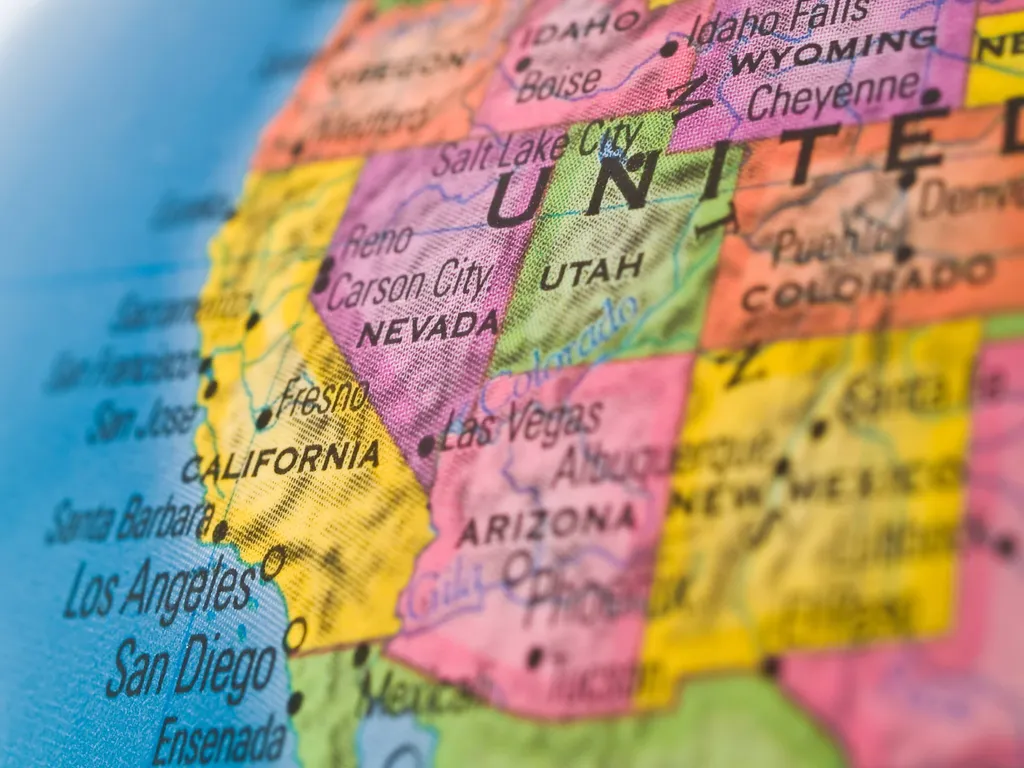What Are Treatments For Large Granular Lymphocytic Leukemia?
Large granular lymphocytic leukemia (LGLL) is a rare type of chronic leukemia that affects large granular lymphocytes, a type of white blood cell. The disease is characterized by an increase in the number of large granular lymphocytes in the blood and bone marrow. The treatment for LGLL is often aimed at managing symptoms and improving the quality of life for the patient. The choice of treatment depends on the severity of the disease, the patient's overall health, and the presence of any other medical conditions. The main treatment options for LGLL include watchful waiting, immunosuppressive therapy, targeted therapy, and chemotherapy.
1. Watchful Waiting
Watchful waiting is often the first approach for patients with LGLL who do not have any symptoms or only mild symptoms. This involves regular monitoring of the patient's condition without providing any treatment until symptoms appear or change. The aim is to avoid unnecessary side effects from treatments that may not improve the patient's condition.
2. Immunosuppressive Therapy
Immunosuppressive therapy is the most common treatment for LGLL. This approach uses drugs to suppress the immune system, thereby slowing the growth of cancer cells. The most commonly used immunosuppressive drugs for LGLL are cyclosporine and methotrexate. Cyclosporine works by inhibiting the activity of certain white blood cells that can contribute to the symptoms of LGLL. Methotrexate, on the other hand, interferes with the growth of cancer cells and suppresses the immune response.
3. Targeted Therapy
Targeted therapy is a newer type of cancer treatment that uses drugs or other substances to precisely identify and attack cancer cells, usually while doing little damage to normal cells. In the case of LGLL, targeted therapies such as rituximab may be used. Rituximab is a monoclonal antibody that targets a specific protein on the surface of cancer cells, helping the immune system to destroy these cells.
4. Chemotherapy
Chemotherapy uses drugs to kill cancer cells or stop them from dividing. For LGLL, chemotherapy is usually reserved for patients who do not respond to other treatments. The specific drugs used in chemotherapy for LGLL can vary, but may include agents such as fludarabine or cladribine. These drugs work by interfering with the DNA of cancer cells, preventing them from dividing and growing.
Want to Learn More About Large Granular Lymphocytic Leukemia?
Keep reading HealthTree for Large Granular Lymphocytic Leukemia's 101 pages!
Large granular lymphocytic leukemia (LGLL) is a rare type of chronic leukemia that affects large granular lymphocytes, a type of white blood cell. The disease is characterized by an increase in the number of large granular lymphocytes in the blood and bone marrow. The treatment for LGLL is often aimed at managing symptoms and improving the quality of life for the patient. The choice of treatment depends on the severity of the disease, the patient's overall health, and the presence of any other medical conditions. The main treatment options for LGLL include watchful waiting, immunosuppressive therapy, targeted therapy, and chemotherapy.
1. Watchful Waiting
Watchful waiting is often the first approach for patients with LGLL who do not have any symptoms or only mild symptoms. This involves regular monitoring of the patient's condition without providing any treatment until symptoms appear or change. The aim is to avoid unnecessary side effects from treatments that may not improve the patient's condition.
2. Immunosuppressive Therapy
Immunosuppressive therapy is the most common treatment for LGLL. This approach uses drugs to suppress the immune system, thereby slowing the growth of cancer cells. The most commonly used immunosuppressive drugs for LGLL are cyclosporine and methotrexate. Cyclosporine works by inhibiting the activity of certain white blood cells that can contribute to the symptoms of LGLL. Methotrexate, on the other hand, interferes with the growth of cancer cells and suppresses the immune response.
3. Targeted Therapy
Targeted therapy is a newer type of cancer treatment that uses drugs or other substances to precisely identify and attack cancer cells, usually while doing little damage to normal cells. In the case of LGLL, targeted therapies such as rituximab may be used. Rituximab is a monoclonal antibody that targets a specific protein on the surface of cancer cells, helping the immune system to destroy these cells.
4. Chemotherapy
Chemotherapy uses drugs to kill cancer cells or stop them from dividing. For LGLL, chemotherapy is usually reserved for patients who do not respond to other treatments. The specific drugs used in chemotherapy for LGLL can vary, but may include agents such as fludarabine or cladribine. These drugs work by interfering with the DNA of cancer cells, preventing them from dividing and growing.
Want to Learn More About Large Granular Lymphocytic Leukemia?
Keep reading HealthTree for Large Granular Lymphocytic Leukemia's 101 pages!
Trending Articles
Get the Latest Large Granular Lymphocytic Leukemia Updates, Delivered to You.
By subscribing to the HealthTree newsletter, you'll receive the latest research, treatment updates, and expert insights to help you navigate your health.
Together we care.
Together we cure.
3x Faster.




